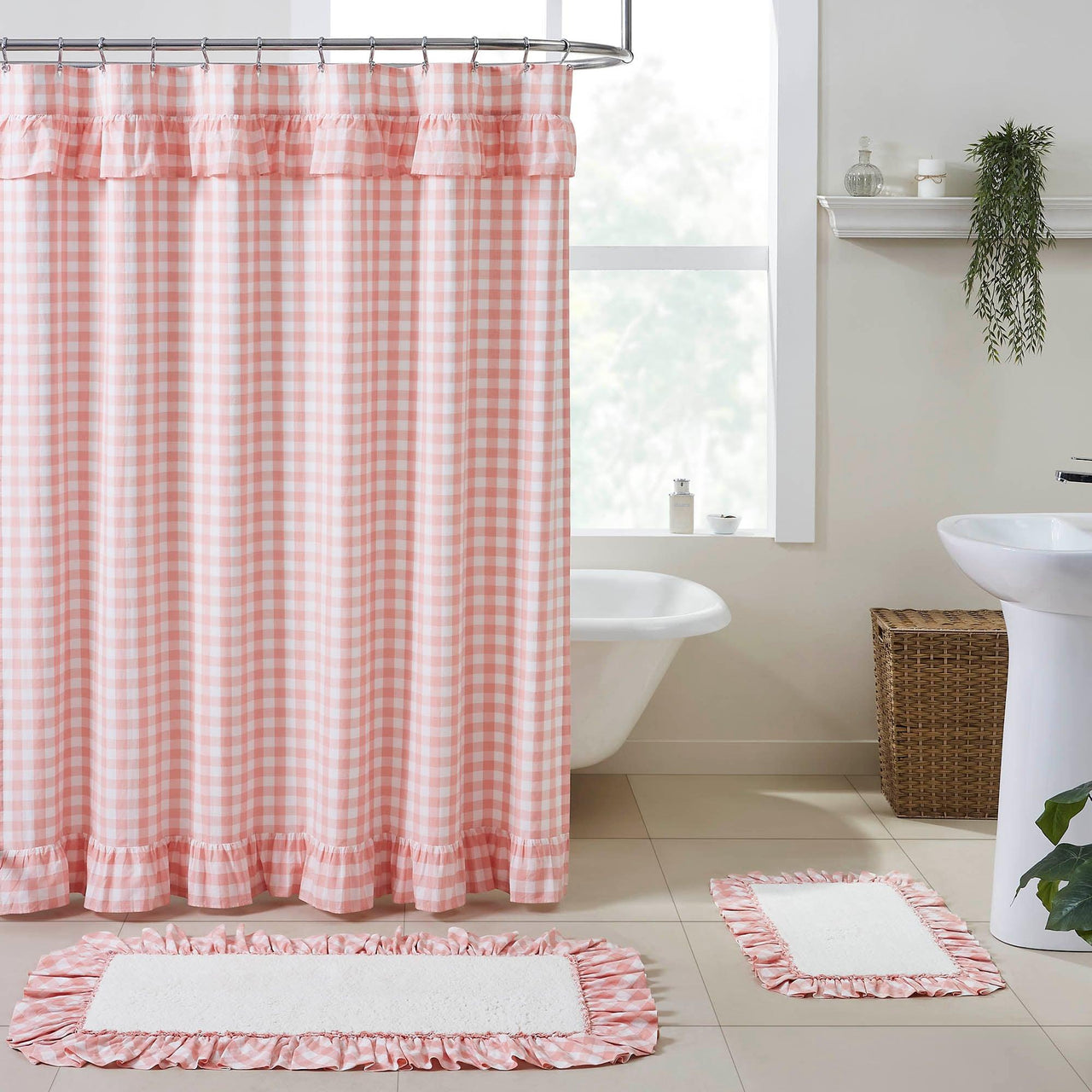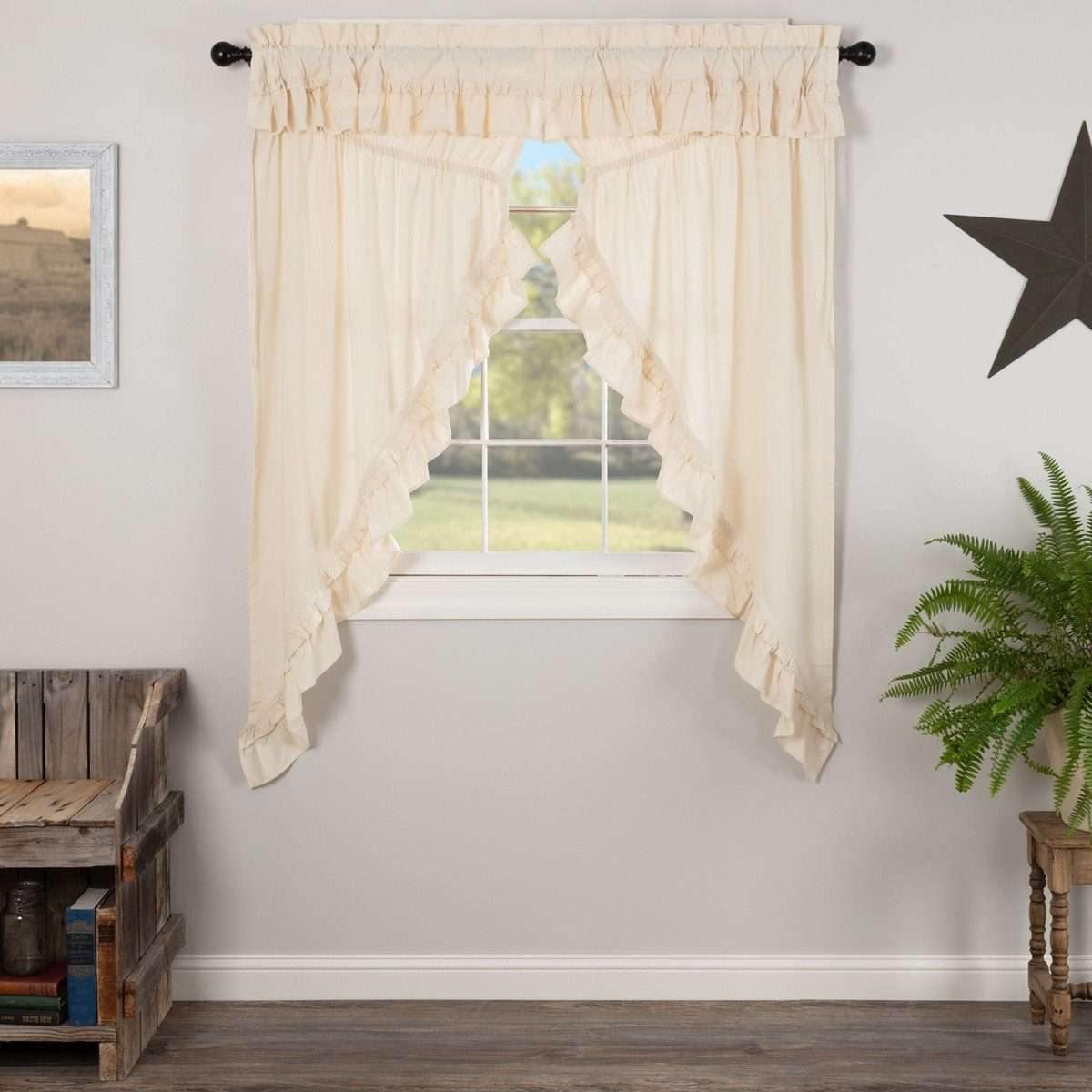Curtain Fabric Guide
Choosing the right fabric for your curtains is essential for achieving both functionality and aesthetic appeal. This guide explores various types of curtain fabrics, their unique characteristics, and ideal uses. Each fabric offers a distinct texture, weight, and appearance, making it suitable for specific purposes. Let’s dive into the world of curtain fabrics!
Burnout
A technique used on various types of fabric where a chemical solution is applied to destroy portions of the fabric while leaving other areas intact. For example, a floral pattern may be "burned out" of the pile in velvet while retaining the backing fabric. Burnout sheers are especially popular, as they allow light to filter through at different intensities.
Calico
Perfect for simple curtains, this cotton fabric typically features small floral patterns on a contrasting background. It’s an excellent choice for understated, charming décor.
Canvas
A durable, plain weave cotton or cotton-polyester blend offering a tailored, casual look. Canvas is best for stationary drapery panels. For lighter options, consider duck or sailcloth, which provide more flexibility for draping.
Chintz
This vibrant cotton fabric features bold colors, patterns, and floral motifs. If exposed to direct sunlight, consider lining the curtains to prevent fading. Often finished with a slight glaze for a polished appearance, chintz was immensely popular in the 18th century and remains a cost-effective, stylish choice today.
Damask
A lightweight cotton fabric with intricate raised patterns woven into its surface. Damask is elegant and works beautifully in formal settings, providing a touch of luxury.
Dotted Swiss
A delicate cotton fabric distinguished by its small, raised dots printed on both sides. Ideal for lightweight curtains, it adds a soft, charming touch to your space.
Gingham
Recognized for its classic plaid or checked pattern, gingham is a plain weave cotton fabric often used for café curtains or light draperies, especially in kitchens. Typically, it’s white with a single-color accent.
Jacquard
More than just a fabric, Jacquard refers to a weaving technique. Fabrics like brocade, damask, and tapestry are created using this method, offering intricate patterns and rich textures for elegant drapery.
Lace
This light, openwork cotton fabric is commonly used for sheer curtains. With its delicate mesh background and intricate designs, lace provides a soft and airy ambiance.
Linen
Stronger and glossier than cotton, linen is derived from the flax plant. While it wrinkles easily, its textured beauty and durability make it excellent for sun resistance. Linen curtains add an organic, timeless elegance to any space.
Moiré
Derived from the French word for "watered," this fabric—made from silk, rayon, cotton, or acetate—has a distinctive wavy pattern that reflects light, mimicking the ripples on water. It’s a stunning choice for luxurious settings.
Muslin
A versatile cotton fabric that can range from fine to coarse weaves. Often used as a liner, muslin also serves as a casual and cost-effective material for curtains and draperies.
Nylon
Durable, washable, and affordable, nylon is an ideal fabric for sheer curtains. It’s practical and long-lasting, making it a popular choice for contemporary spaces.
Organza (Organdy)
A lightweight, crisp, and sheer cotton fabric often finished with starch (which washes out). Organza is perfect for creating delicate, airy curtains and can be customized with bleaching, dyeing, or embellishments.
Satin
Known for its matte back and lustrous front, satin is available in a variety of colors, weights, and stiffness levels. Its smooth and shiny texture adds a touch of sophistication to any room.
Taffeta
Famous for its characteristic “rustling” sound, taffeta is a crisp, plain weave fabric often made from synthetic fibers or silk. It’s an excellent option for dramatic, luxurious draperies.
Tapestry
Heavy and densely woven, tapestry fabrics often feature elaborate motifs, including floral, historical, and pictorial designs. These fabrics are ideal for creating statement curtains with a rich, traditional appeal.
Toile
French for "fabric," toile is best known as "Toile de Jouy," featuring finely printed designs resembling pen-and-ink drawings. Common motifs include pastoral scenes, floral designs, and historical imagery. Toile is perfect for country-style curtains.
Velvet
Luxurious and soft, velvet is a medium-weight cut pile fabric made from silk, rayon, cotton, or synthetics. Known for its high luster and smooth texture, velvet is crease-resistant and ideal for creating graceful, dramatic drapery folds.
Voile
A lightweight, loosely woven fabric made from cotton or wool. Voile is perfect for creating sheer curtains that drape beautifully and allow soft light to filter through.
Elevate your interior décor with the perfect curtain fabric that matches your style and functional needs. Each fabric has its own unique charm, allowing you to customize your space effortlessly.






